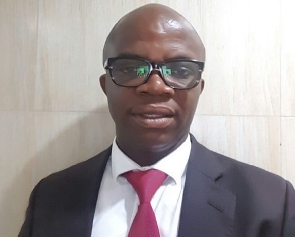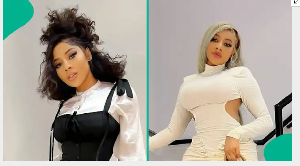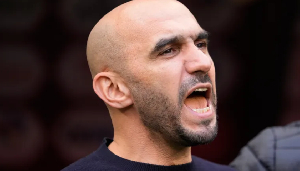Abena Kwatemaa Offeh-Gyimah
“You may write me down in history
With your bitter, twisted lies,
You may trod me in the very dirt
But still, like dust, I'll rise.”
Maya Angelou
The existence of the black woman is apparitional. She is invisible, unseen, unheard, unnoticeable, and out of sight, carrying the burden of multiple oppression of race, class and gender. The way in which she identifies herself makes it difficult for others to see her. Her existence is like an illusive presence; one that desperately lingers in the fate of her white supremacist society and her patriarchal community. She is a phantom, existing in the present yet caught in the struggles of the past and fear of the future. This is a reflection of the black woman’s experience with oppression.
“Welfare Queens,” is the term Ronald Reagan used to describe black women on the welfare system. He painted black women as individuals unwilling to work and unwilling to better themselves. His overly exaggerated example of welfare “Queens” is clearly based on existing stereotypes, however, it stuck. It stuck hard in America and Canada. Many people in both countries will agree with Ronald Reagan because this perspective of the black woman is mostly played and replayed in the media. However, it is seldom recognized that the welfare system is a way of oppressing black women. Many black women are unconscious victims of the very system they seek refuge in. The very doors of the welfare system are constructed to keep them from leaving.
The welfare system is often painted with equality and the ability to help those that are truly in need. It is portrayed as giving as much as it can to black women who are desperately unable to fend for themselves. It is viewed as a system that can get one back on their feet when they fall to the ground. However, this deceiving picture of the welfare system comes to a halt when the very system that is supposed to set them free begins to oppress them.
In order to be on welfare, an individual needs to have a significantly small amount of money. In addition to that, the money that she receives from welfare is low depending on how many children she has. Whatever amount she may receive is not enough to take care of herself, her children, to attend school, to pay rent, bills, purchase food and most importantly, prepare for a better life. Thus, she is binded by social forces that claim to help her but hold her legs so tightly to the ground. She is the invisible black woman, sleeping, eating, drinking and breathing the air of social inequality.
Majority of black women if not all, on the welfare system are single mothers. They must play the role of both the mother and the father, which is a challenge in balancing both work and family. They live in neighborhoods that are considered “ghetto” or “at risk”. You find them as cashiers at Price Choppers, Tim Hortons, MacDonald’s, KFC, and other low paying jobs. Let’s be more concrete and honest, the black woman is both the primary caregiver and the primary breadwinners in most families. Therefore, the black woman on welfare is not merely the image of the teenager who has babies to collect welfare. This is an over representation of women in the welfare system.
The truth is, the image of the black woman chasing after the welfare system in order to abuse it is an exaggerated and overrepresentation of a stereotype. But rather, the welfare system is another way of keeping black women away from getting a post-secondary education, away from creating future for their children, building a strong black community, creating financial freedom, becoming a part of the political and justice system. The fundamental truth is the black woman can never make enough money from the welfare system to support herself and her children. Unconsciously, she is a victim of the system. The question then becomes, how then can she ever break free ?
Opinions of Tuesday, 2 November 2010
Columnist: Offeh-Gyimah, Abena Kwatemaa














